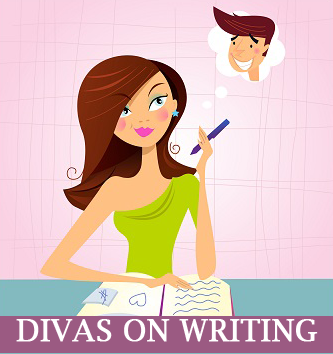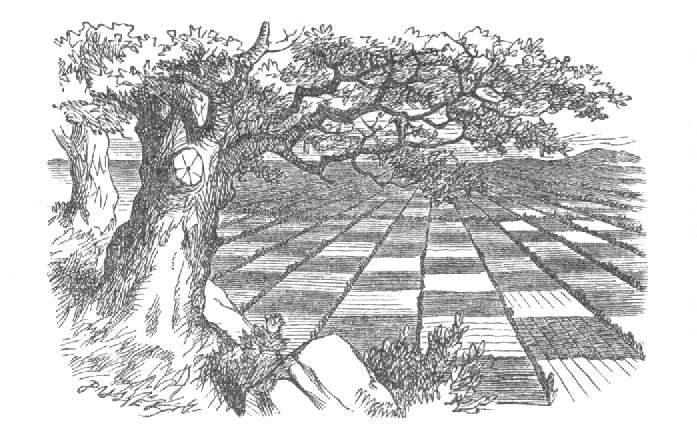
#WriteTip Elements of a Subplot #writers #writing #amwriting
 Elements of a Subplot
Elements of a Subplot
By Shay Goodman. Reposted with permission from Write Divas
We have previously discussed the elements of plot, but I’m going to give you a quick refresher. There are five basic elements of plot: exposition, rising action, climax, falling action, and resolution. Exposition is back story. Rising action is the action leading up to the climax. This is where the story builds. The climax of the story is where the action comes to a head. The falling action is the action that follows the climax and leads to the resolution. The resolution of the story is just what it sounds like: the end.
The elements of plot govern not just the main plot, but the subplots as well—and these elements can even be applied to a series arc, but that’s another article. A story can have no subplots or multiple subplots, including a combination of types of subplots. Subplots can be short or they can weave throughout a story to the very end. Your use of subplots can be as complicated or as simple as you desire. There are two types of subplot and we will cover them below.
Parallel subplot: This type of subplot is a plot that runs beside the main plot of the story and does not affect it. This type of subplot enhances the main plot but isn’t connected to it.
Interwoven subplot: This type of subplot that is affected by and affects the main plot.
If you choose to include a subplot, make sure that it has all the elements of plot. That means your subplots need exposition, rising action, climax, falling action, and a resolution. If it is missing one or more of these elements, this is an unfinished plot or dangling plot.
To say that incomplete plotlines are annoying is a vast understatement.
I recommend as par for the course in drafting a novel that you map out your plots. As an editor, I routinely do this. Just by simply filling in a few lines about each plot in your story, you can not only keep things straight, but you can see right where the problems are.
The form I created to track plots looks something like the table below.
|
-MAIN PLOT-
Protagonists: Antagonists: Summary: Conflict(s): Theme(s):
Plot Elements
Exposition: Rising Action: Climax: Falling Action: Resolution:
|
-SUBPLOT-
Type of Subplot: Relation to Main Plot: Relation to Other Subplots: Placement in Story: Protagonists: Antagonists: Summary: Conflict(s): Theme(s):
Plot Elements
Exposition: Rising Action: Climax: Falling Action: Resolution:
|
So try mapping your plots. You’ll see a vast improvement in the way your story unfolds and you can forgo those embarrassing dropped plot lines.
Now back to writing.